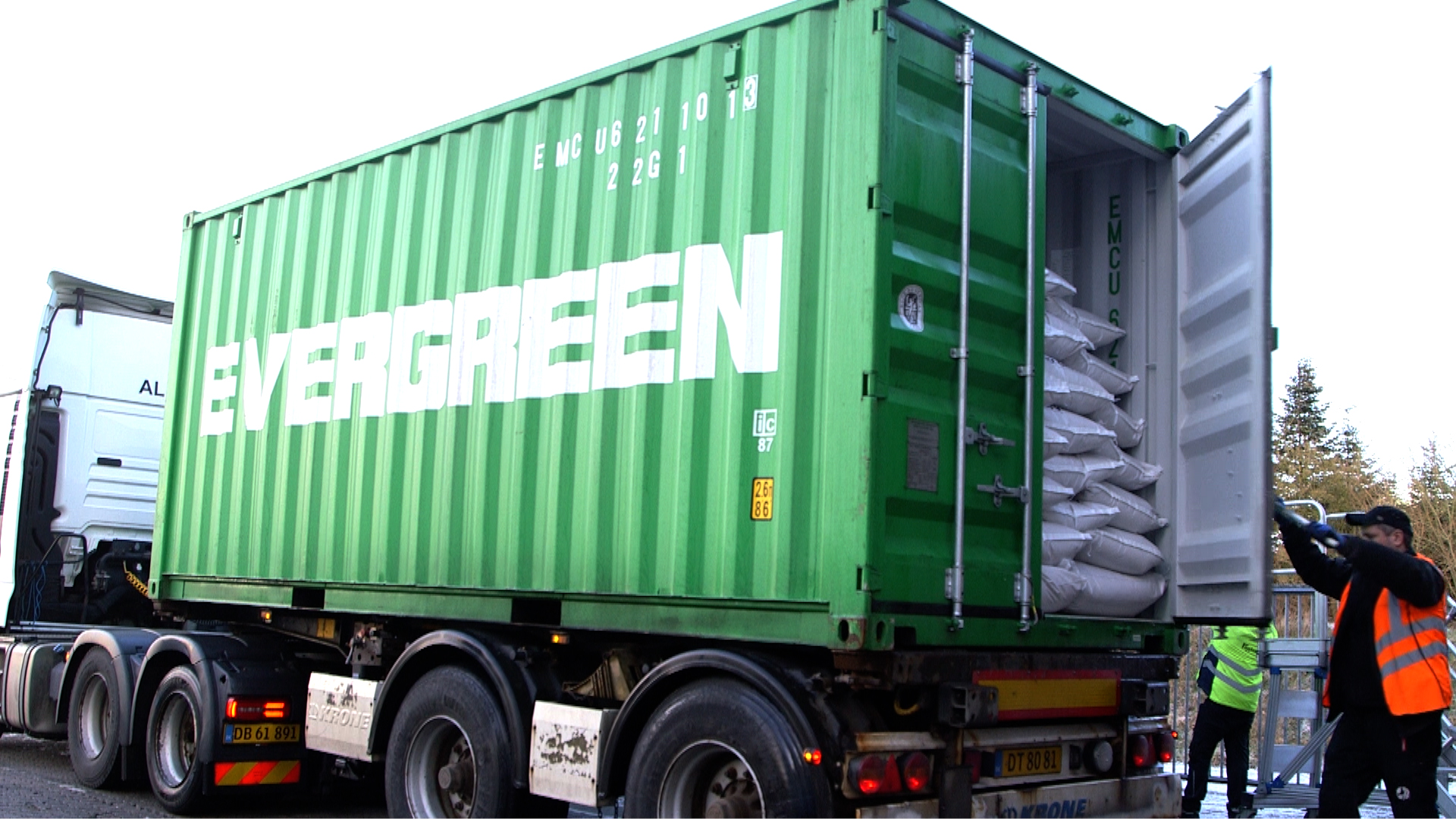When goods need to be moved across long distances, few transportation alternatives can be as efficient as rail. But who should try a rail freight solution? How sustainable is rail as transport mode? And what should customers’ think of when planning their transportation? We interviewed Chris Hunt, our Managing Director for Greencarrier Freight Services UK, to find the answers.
Hi Chris! What is good logistics to you?
Good logistics always depends on the client. The cargo frequency and the client’s objectives cost and speed are often the main focus of any agreement, but reliability and communication are vital in any logistics supply chain. Sustainability is also a major factor and correlates directly to freight costs and resources of the planet: good logistics is trying to get the balance of all of these factors to work simultaneously for the client.
Rail as a transport alternative Chris. What differs this customer solution, compared to using Sea or Air as a transport alternative?
For many decades, clients that purchase goods from China have had two alternatives – Ocean or Air. Rail gives the client another option, a great tool to consider between Airfreight and Ocean-freight. For example when Sea freight is not an option due to time constraints, rail can be a great fit, which is typically 10-20 days quicker. Rail is also much more environmentally friendly than Air. Usually, an Air movement from China to Northern Europe consumes 139 tonnes of CO2, whereas by rail that consignment only consumes 5 tonnes of CO2 . Rail is also a much more cost efficient alternative than Air.
Greencarrier Freight Services has just implemented a new rail shuttle between China, Europe and UK. What does this mean and what is so special about it?
Together with our global rail department and our colleagues in China, we have made a rail solution that provides savings of transit time comparing to Ocean, and cost and emission savings when comparing to Air. There is also a guaranteed weekly service for LCL part loads, meaning our clients are not paying for any wasted spaces in containers. Our clients can ship just as much freight as they require from 1 kilo up to a full container, which gives a flexible solution allowing smaller shipments to be co-loaded in rail containers it makes sense both financially and environmentally.
Which customers should try this rail freight solution and why?
All companies currently importing goods from China should re-evaluate what they need and what they are currently paying for. Does the freight have to go by air with high costs per kilo and a high environmental cost? Does the freight have to be ordered in full containers and how long will it sit in storage? Could less freight be imported more often? Are some SKU’s required more urgently than others in which case could the shipments be split into LCL shipments? If the shipment becomes too urgent for Ocean, rail could be a good alternative rather than risk losing a contract or facing time penalties.
How sustainable is rail as transport mode?
Utilizing rail instead of Air equates to a 90% reduction of carbon footprint, so from an environmental point of view rail freight is an excellent transport option. Rail is a safe and very reliable mode of transport with short lead times, this is especially beneficial to companies operating in the fast-moving consumer goods industry with high demands and short delivery times. Unlike Road or Sea freight as a transport mode, rail is very unlikely to be subject to bad weather delays or congestion. Every train has GPS tracking, which means that the freight is protected in transits losses or thefts are avoided.
Greencarrier Freight Services is a logistics provider, what is your view on the freight-forwarding role now and in the future?
I think there will always need to be the right balance between personal contact and digital systems. We cannot share knowledge if we aren’t talking to people face to face or screen to screen. Freight forwarding is a people business that is built on relationships, and if this pandemic has taught us anything, it is that our society is fragile. I think in the future we will see organisations that will need to be accountable for their actions, and that will include supply chains which is where the competence of the forwarding role and Greencarrier will be relied upon.
Do you have any tips to customers planning their transportation?
Yes, ask your current forwarder for a copy of the emission report for the last transport, and use that as a starting point alongside their other KPIs such as cost, reliability, transit time and communication. That is a base to start making an improvement in the right direction to start caring for the world we are living in, there is no Planet B.
What are your thoughts on rail freight and the future? Share in the comments! If you would like to read more about rail benefits, you should check this article out. Also, visit our website for more info about our rail freight in particular, or transport solutions in general. And if you have any questions about our new rail shuttle between China, Europe and UK, you can contact us here.




